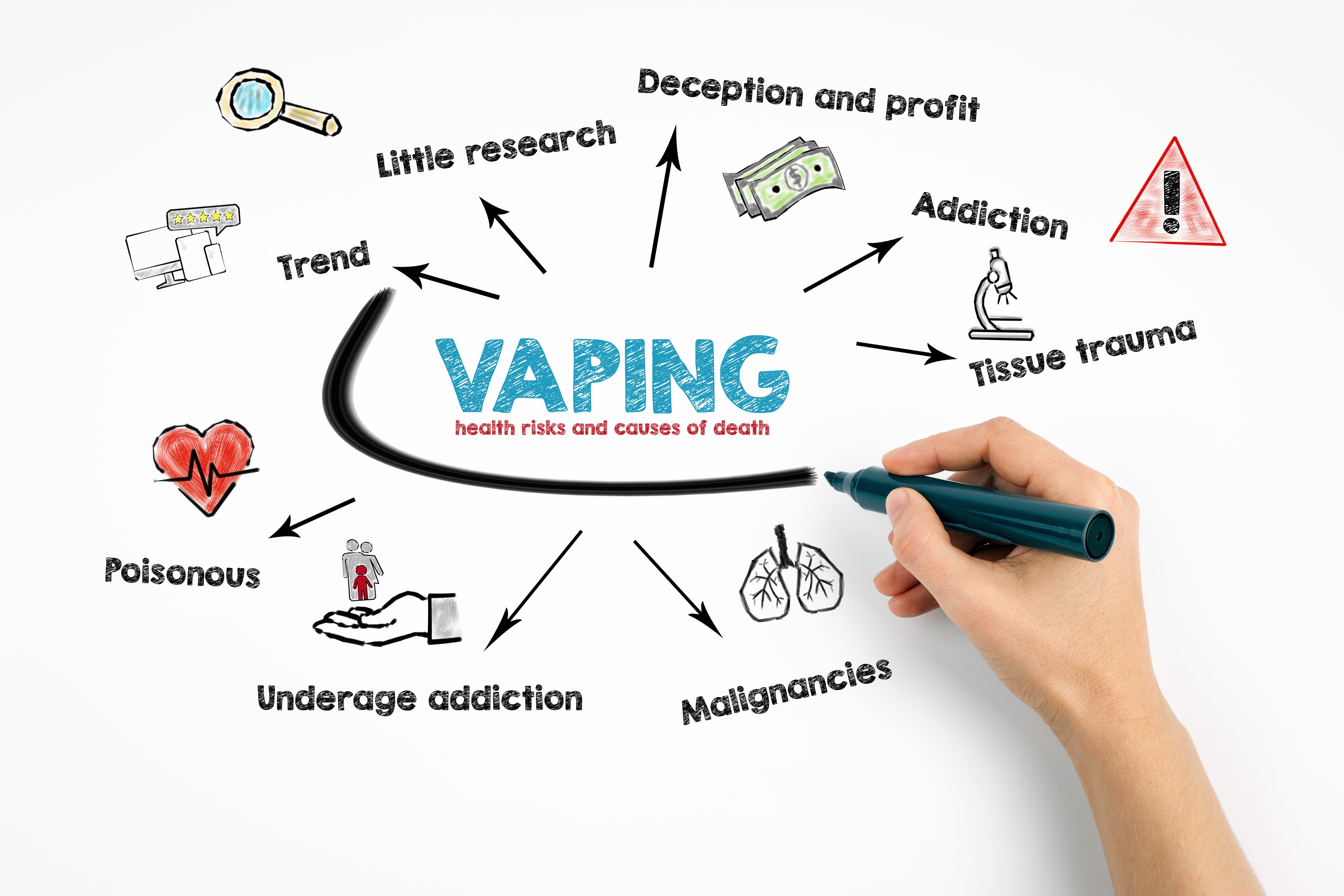E-cigarettes pose significant environmental threats throughout their lifecycle, primarily through pollution from discarded products, hazardous materials in batteries, and toxic chemical contamination.
Pervasive Plastic Pollution
Disposable e-cigarettes are major plastic waste contributors. Their complex mix of plastics often renders them unrecyclable through standard streams. Millions of units, frequently containing residual nicotine and heavy metals, end up in landfills or as litter, swamping ecosystems similarly to cigarette filters.

Lithium Battery Hazards
Every e-cigarette contains a lithium-ion or lithium polymer battery. When improperly disposed of in general waste, these batteries pose severe risks:
- Fire Hazard: Damaged or crushed batteries can ignite fires in waste collection vehicles and landfill sites.
- Toxic Leachate: Heavy metals like lead, mercury, cadmium, and lithium can seep from decomposing batteries, contaminating soil and groundwater.
- Resource Loss: Lithium and cobalt are finite resources; failing to recycle them depletes reserves and requires more damaging extraction.
Toxic Chemical Contamination
E-liquids present insidious pollution risks:
- Nicotine: A potent phytotoxin and insecticide, nicotine in soil or waterways harms terrestrial and aquatic organisms.
- Flavorants & Additives: Many compounds (e.g., diacetyl, benzaldehyde) are known environmental toxins or persistent organic pollutants.
- Heavy Metals: Heating coils leach nickel, chromium, tin, and lead into residual e-liquid, which can contaminate disposal sites.
Recycling Failures & E-Waste Complexity
E-cigarettes’ intricate design hinders recycling:
- Disassembly Difficulty: Bonded components and integrated batteries require specialized, labor-intensive separation.
- Collection Challenges: Lack of dedicated take-back programs means most devices enter general waste streams.
- Cost Inefficiency: Manual disassembly and material recovery costs often exceed the value of reclaimed materials.
Ultimately, the disposable e-cigarette model generates persistent hazardous waste. Without major shifts towards standardized rechargeable designs and robust, mandated producer-funded recycling systems, the environmental burden will escalate.







